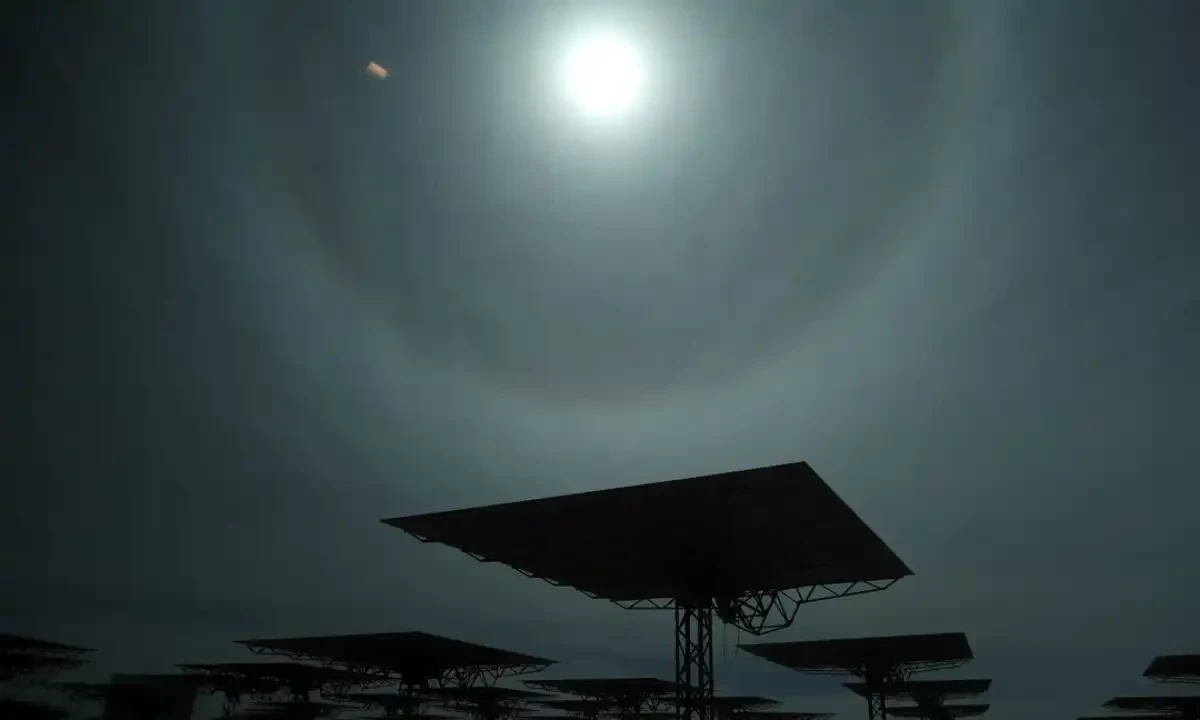In a breakthrough that could transform renewable energy, researchers at Stanford University have developed a new type of solar panel capable of generating electricity not just during the day, but also at night, under moonlight, and in cloudy or rainy conditions.
Dubbed “moonlight panels,” this innovation tackles one of the most persistent limitations of traditional solar technology: inactivity after sunset. The team, led by Professor Shanhui Fan, has leveraged the natural process of radiative cooling to turn the night sky into a viable energy source.
By integrating thermoelectric generators with modified commercial solar panels, the system captures the heat that escapes from Earth’s surface at night. This thermal difference enables the panels to produce approximately 50 milliwatts per square meter after dark.
While this is a fraction of the 200 watts per square meter typical of daytime output, it’s enough to power small devices like LED lights, sensors, and environmental monitors — especially valuable for off-grid and low-power applications.
Beyond nighttime functionality, this innovation could be a game-changer for regions with limited sunlight and unreliable access to electricity. Even more promising is the potential for retrofitting existing solar systems, making the technology both scalable and cost-effective.
Crucially, these moonlight panels could also reduce dependence on batteries, which often carry significant environmental costs due to their production and disposal. By offering a supplemental energy source, the panels contribute to a more sustainable and resilient energy ecosystem.
Researchers see this advancement as a major step toward closing the gap in solar energy availability, ensuring cleaner power — even when the sun goes down.










